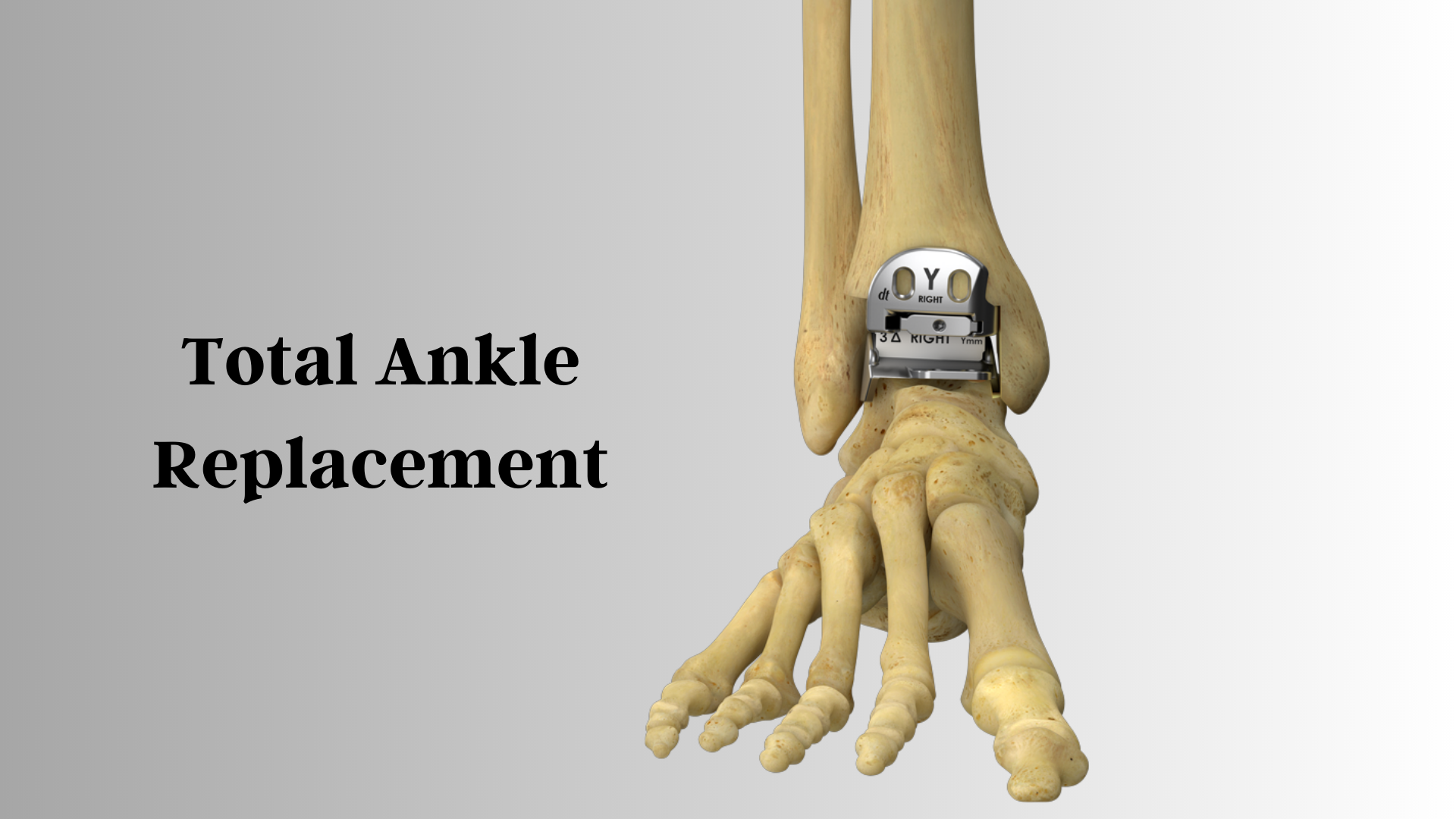What does Total Ankle Replacement Surgery involve?
The procedure involves making an incision in the ankle, removing the damaged bone and joint tissues, and replacing them with a metal or plastic implant that mimics the normal anatomy and function of the ankle joint. The implant is held in place by screws or cement.
Benefits of Total Ankle Replacement:
Ankle replacement offers significant pain relief and improved mobility for patients. However, the procedure is not suitable for everyone, and success rates may vary depending on the type of implant used, the skill of the surgeon, and other factors. Recovery time and rehabilitation after surgery may also take several months and require physical therapy, medication, and lifestyle modifications to ensure proper healing.
Am I suitable for Ankle Replacement or for Ankle Arthrodesis (Fusion of Ankle Joint)?
Ankle replacement and ankle arthrodesis are two surgical procedures used to treat arthritis of the ankle joint. Ankle arthrodesis involves fusing the bones of the ankle joint together, while ankle replacement involves removing the damaged ankle joint and replacing it with a prosthetic joint.
Ankle arthrodesis is a more traditional surgery and has been used for many years. It can provide good pain relief and stability, but the fused joint can limit ankle mobility and cause stress on adjacent joints.
Ankle replacement is a newer procedure that gained popularity in the 2000s. It allows for better ankle motion and reduces stress on adjacent joints. However, ankle replacement has a higher risk of complications and may not be suitable for all patients.
Overall, the choice between ankle replacement and ankle arthrodesis depends on the patient’s age, activity level, and severity of arthritis. A consultation with an orthopedic surgeon is recommended to determine the best course of treatment.
Please discuss with your Foot and Ankle Surgery Expert what is suitable and best for you
